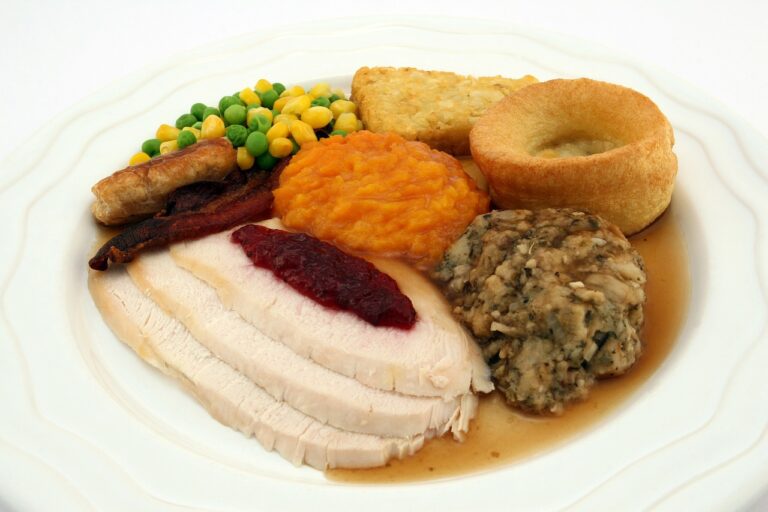The Role of Evaporation in Sauce Reduction
11xplay online id, india 24 bet login, sky fair vip:Evaporation plays a crucial role in sauce reduction, a process commonly used in cooking to thicken and intensify the flavor of sauces. When a sauce is simmered or boiled, water evaporates, leaving behind a more concentrated mixture of flavors. This reduction process not only enhances the taste of the sauce but also helps to achieve the desired consistency. In this blog post, we will delve deeper into the role of evaporation in sauce reduction and how it impacts the final product.
Understanding the Basics of Sauce Reduction
Before we dive into the specifics of how evaporation affects sauce reduction, let’s first understand the basics of the reduction process. When you simmer a sauce, the heat causes the liquid in the mixture to evaporate. This evaporation concentrates the flavors of the ingredients, resulting in a more intense and flavorful sauce. At the same time, as the liquid evaporates, the sauce thickens, creating a rich and luscious texture.
The Role of Evaporation in Sauce Reduction
Evaporation is the driving force behind sauce reduction. As the liquid in the sauce evaporates, the flavors become more concentrated, giving the sauce a deeper and more complex taste. Additionally, as the sauce reduces, it thickens, allowing it to coat pasta, meat, or vegetables more effectively. Without evaporation, sauce reduction would not be possible, and you would be left with a thin and watery sauce.
Factors Affecting Evaporation in Sauce Reduction
Several factors can affect the rate of evaporation in sauce reduction. The temperature at which the sauce is simmered plays a significant role, with higher temperatures leading to faster evaporation. The surface area of the saucepan also impacts evaporation, with a wider surface area allowing for more evaporation. Additionally, the viscosity of the sauce can affect evaporation, as thicker sauces evaporate more slowly than thinner ones.
Tips for Effective Sauce Reduction
To achieve the perfect sauce reduction, here are a few tips to keep in mind:
1. Use a wide saucepan or skillet to increase the surface area for evaporation.
2. Simmer the sauce over low to medium heat to prevent burning or scorching.
3. Stir the sauce occasionally to ensure even evaporation and prevent sticking.
4. Use a ladle or spoon to skim off any impurities or fat that rise to the surface during reduction.
5. Be patient and allow the sauce to reduce slowly to develop complex flavors.
FAQs
Q: Can I use a lid to cover the saucepan while reducing a sauce?
A: It’s generally best to leave the saucepan uncovered when reducing a sauce to allow for evaporation. Using a lid can trap steam and prevent the sauce from reducing properly.
Q: How long does it take to reduce a sauce?
A: The time it takes to reduce a sauce can vary depending on the recipe and the desired consistency. In general, it can take anywhere from 10 to 30 minutes for a sauce to reduce properly.
Q: Can I speed up the reduction process?
A: While it’s best to reduce a sauce slowly to develop complex flavors, you can increase the heat slightly to speed up the process. Just be sure to keep an eye on the sauce and stir it frequently to prevent burning.
In conclusion, evaporation is a critical component of sauce reduction, helping to concentrate flavors and thicken sauces to the desired consistency. By understanding the role of evaporation in sauce reduction and following some simple tips, you can enhance the flavor and texture of your sauces for a truly memorable dining experience. Happy cooking!







